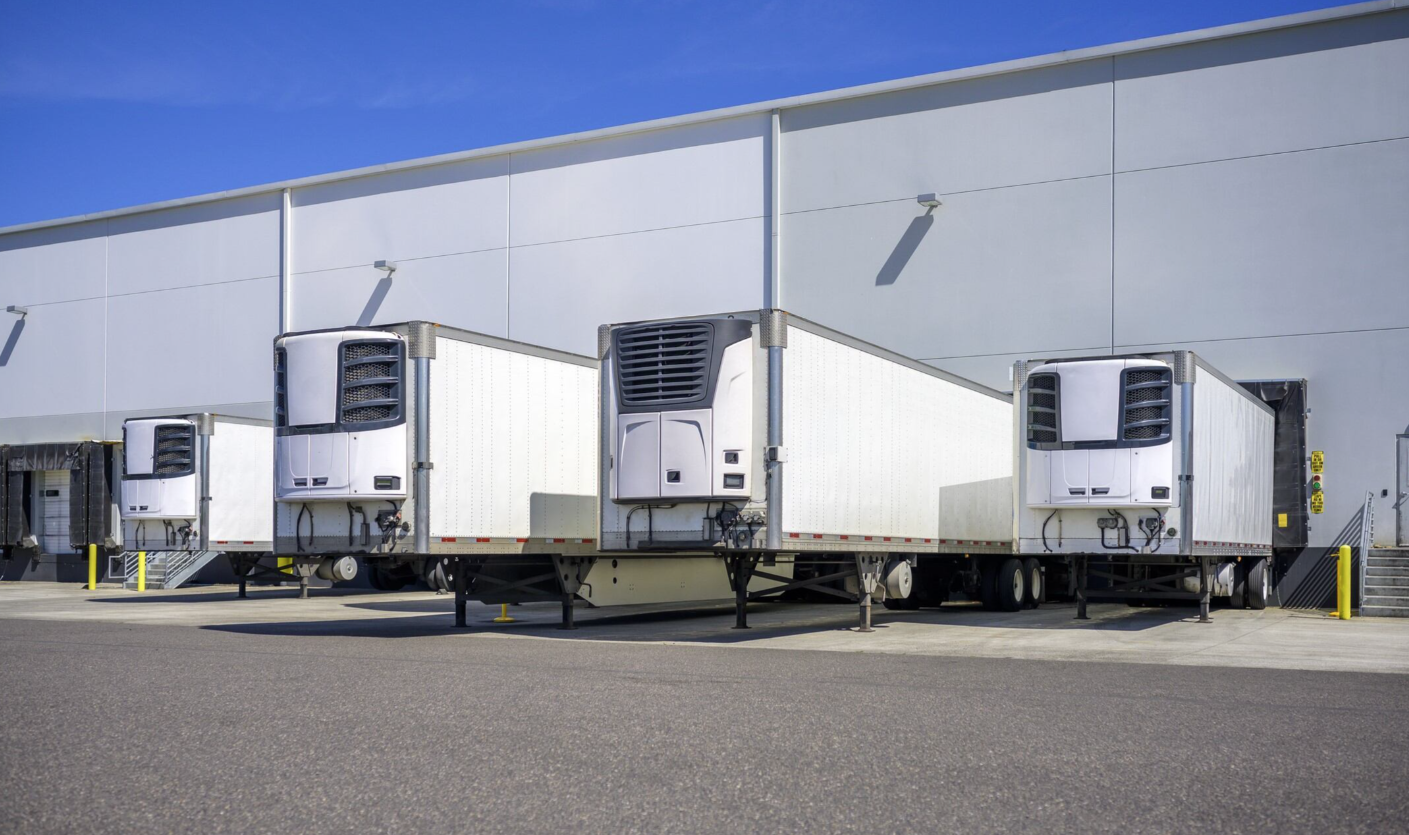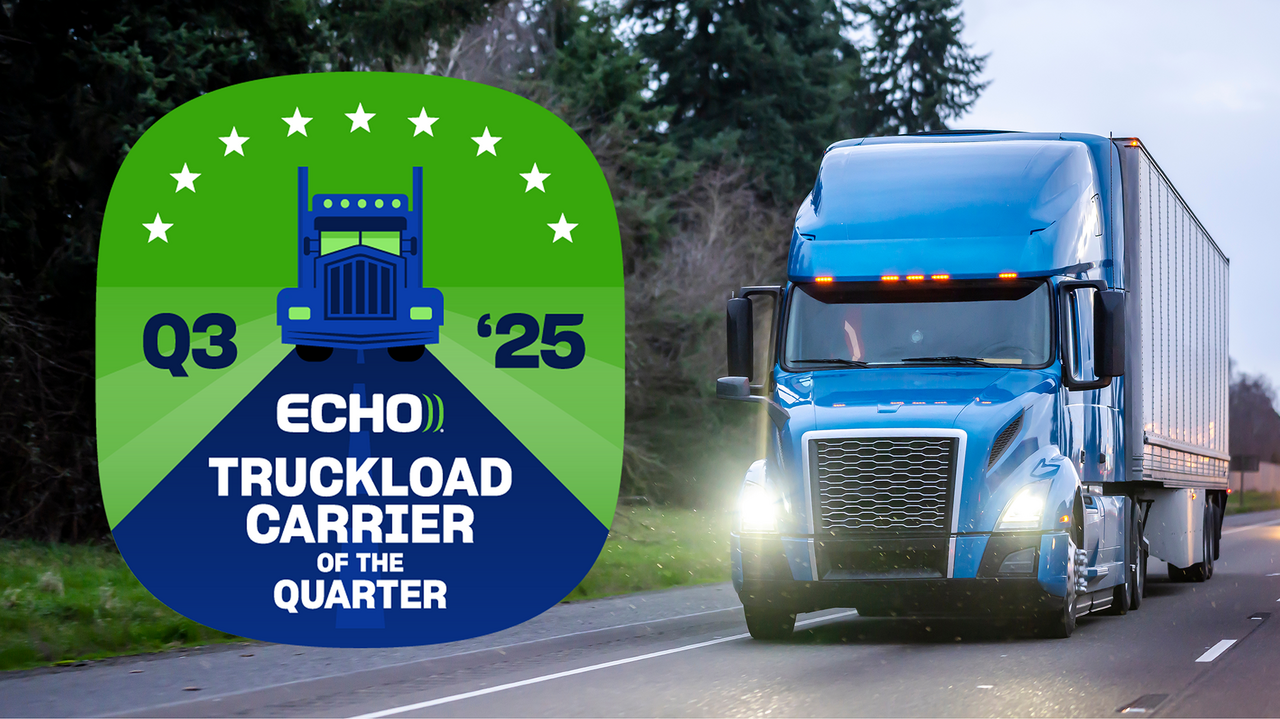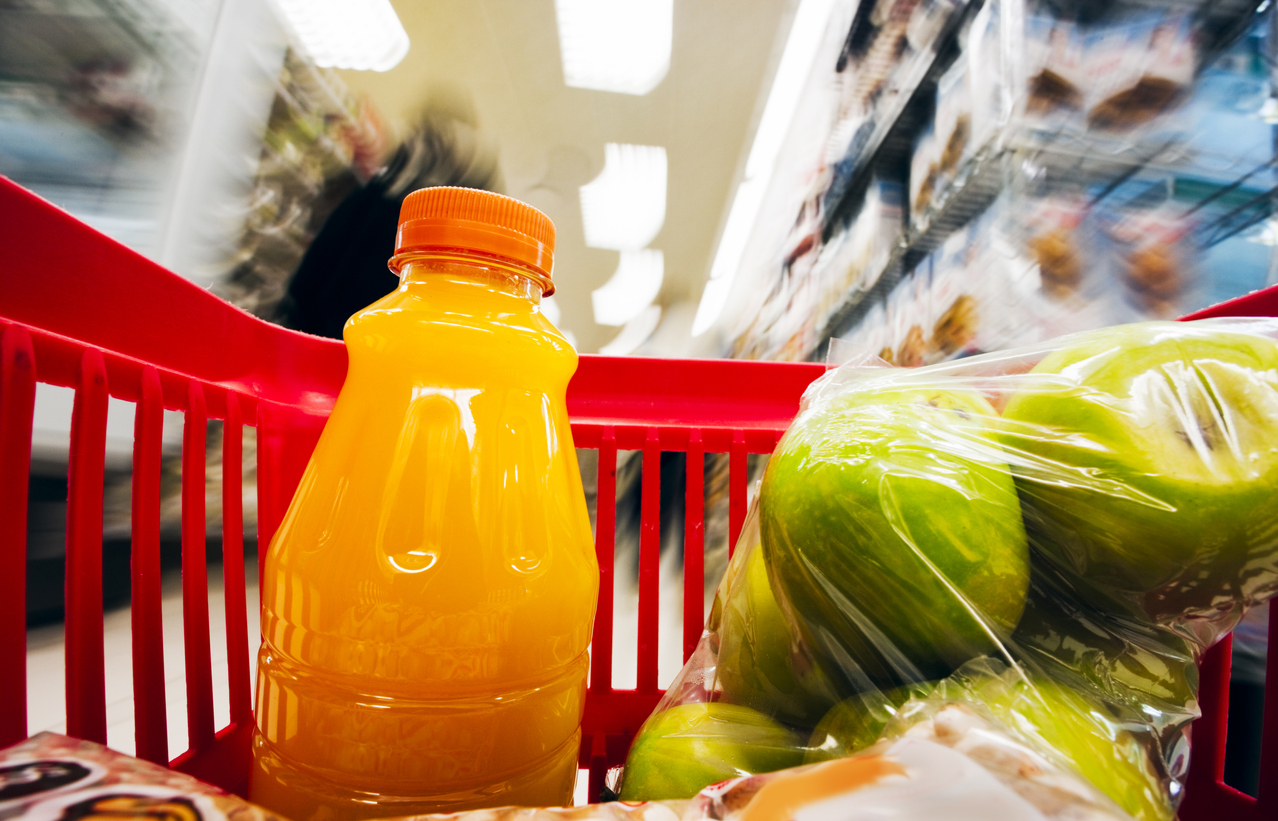Temperature-controlled shipping and warehousing play a critical role in modern supply chains. Whether driven by seasonal demand, strict regulatory requirements, or consumer expectations, certain industries rely heavily on temperature-controlled solutions to maintain product integrity and ensure timely delivery. Having access to these specialized services year-round greatly simplifies transportation management.
Seasonal Demand: Produce
Take produce season, for instance. During this time, demand spikes for fresh fruits and vegetables grown in western and southern states, which must be transported quickly and efficiently. To preserve freshness and reduce spoilage, many shippers depend on temperature-controlled transportation.
How Key Industries Use Temperature-Controlled Solutions
Health Care Products
From life-saving pharmaceuticals to sensitive medical devices, healthcare products must meet stringent temperature and humidity requirements. The FDA mandates strict guidelines, including documentation and real-time monitoring, to preserve product integrity throughout the supply chain. Precision and compliance are non-negotiable when lives are on the line.
Confectioneries and Snacks
Chocolates, gummies, and fruit snacks require a stable environment, typically between 50°F and 65°F, to prevent melting, bloom, or textural changes. A trusted provider that adheres to FDA regulations, complies with FSMA, and maintains National Confectioners Association membership helps ensure quality control from origin to destination.
Frozen and Food-Grade Freight
Fresh and frozen goods, from flowers to proteins, demand specialized temperature ranges. For example, meats require 32°–35°F, while vegetables are best kept between 39°–46°F. These items often have a limited shelf life, making reliable refrigeration and FDA-compliant handling practices essential for consumer safety and satisfaction.
Retail Consolidation
Temperature-controlled consolidation is a strategic solution for retailers. By bundling shipments headed to the same big-box destination, shippers can reduce transit times, minimize touchpoints, and optimize capacity. Combining consolidation with cold chain capabilities creates a distinct advantage in meeting retail compliance and on-time delivery goals.
Best Practices and Recommendations
Despite their advantages, temperature-controlled solutions have limitations. Not all providers maintain consistent temperature ranges across the transportation lifecycle. Inconsistent warehousing, limited refrigerated capacity, and lack of monitoring technology can put loads at risk.
To protect your freight and your brand, choose a partner who:
- Adheres to FDA and IATA guidelines
- Provides visibility and expert support
- Employs advanced refrigeration and monitoring technologies
Preserving product integrity helps prevent spoilage, reduce waste, and avoid costly supply chain disruptions.
Technology Enables Cold Chain Success
From automated order selection and inventory management to real-time temperature monitoring and robotic warehousing, today’s innovations help ensure that temperature-sensitive freight remains within strict specifications. Depending on the industry, advanced tools like data analytics and IoT sensors may be used throughout both transit and storage.
Learn more about EchoChill, Echo’s Temperature-Controlled Solutions: Temperature-Controlled LTL | Echo Global Logistics.
For informational purposes.



